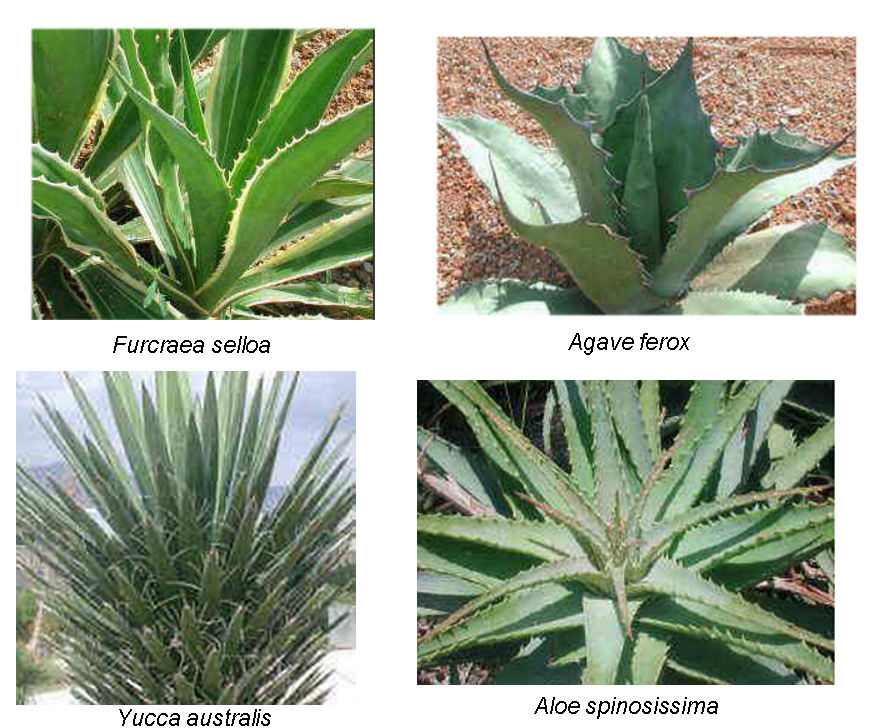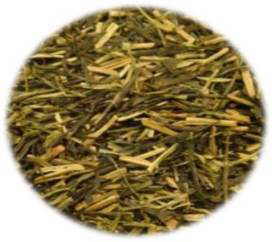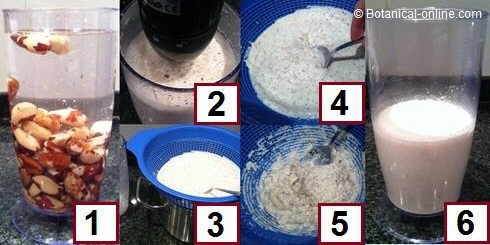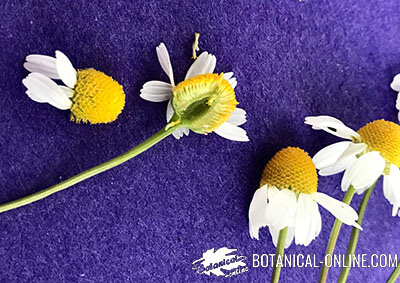Contents
How to eliminate starch for foods to be lower in calories and prebiotic
Different ways of decreasing the starch content of foods so they have fewer calories?
Starchy foods are those rich in carbohydrates. Most of them contain starch, which is how plants store their energy.
Foods rich in starches in the diet are potatoes, rice (both white and brown), millet, oats, sweet potatoes, corn, plantain, or cassava.
It is recommended to eliminate starch from starchy foods so that they are better tolerated by the body. By removing the starch, we will achieve that the food has fewer calories, a lower glycemic index, and, in addition, we will obtain a high quality fiber that will improve our intestinal flora (prebiotic effect).
What are the benefits of removing starch?
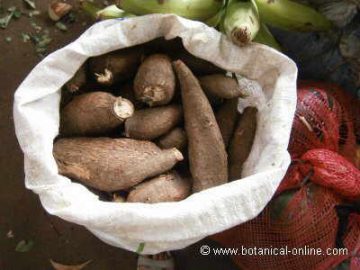
Starch is a carbohydrate that provides many health benefits, primarily as an energy nutrient. However, starch in excess, or when it comes from foods with a high glycemic index, can cause intolerance.
Why should people with obesity and diabetes lower their starch intake?
People who are overweight, obese, with high sugar levels , or diabetes have an intolerance to carbohydrates, such as starch, and should monitor their intake. In these cases, it is recommended to reduce the consumption of starchy foods and consume mainly those that contain few carbohydrates, such as vegetables (carrots, lettuce, parsnip, broccoli, etc.).
In addition, when there is intolerance to starch, among the foods that provide carbohydrates, it is recommended to consume those with the lowest glycemic index, such as legumes (lentils, chickpeas, etc.), to the detriment of cereals and bread, which have a high glycemic index.
People who have to control carbohydrates are recommended to consume more legumes instead of cereals and flours. When they consume rice, potato or pasta, it is better to remove the starch, so that that they contribute with fewer calories.
How is starch removed from starchy foods?
Which method is better to remove starch?
There are some culinary tricks or techniques to remove starch from starchy foods. It is worth mentioning that not all have the same effectiveness, since, as will be discussed in each corresponding section, some techniques are insufficient. Among the different methods to eliminate starches, we have the following:
- Washing and soaking
- Adding vinegar at the end of cooking
- Cooking and cooling starchy foods
Of these three methods, the most effective to decrease the starch content is the third: cooking and cooling food. The other two, soaking and adding vinegar, act only at the superficial level.
Washing and soaking grains to remove the starch
Washing the grains before cooking causes them to release a certain amount of starches, but only in refined grains such as white rice. Soaking removes the surface starches from the grains.
In whole grains, this process does not serve to eliminate starch, but in these cases, soaking is recommended for hygiene and to improve digestion (seed activation occurs and antinutrients decrease). Washing whole grains is good for removing pesticide residues, but not for removing starch, since fibers or vegetable coverings prevent the starches from the whole grains from coming off.
However, these starch losses are not very important, even if it is repeated several times. Therefore it is not a good method to remove starch.
Adding vinegar to remove the starch
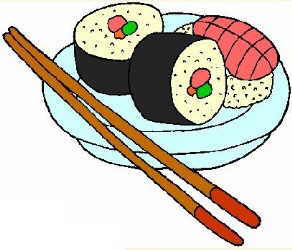
Those who have tried to make sushi will sometimes remember that the recipe recommends adding a drizzle of vinegar to cooked rice. This is done to make the rice more pasty and to form small balls or compact piles.
Indeed, the addition of vinegar to cooked rice causes part of the rice starches to change their structure and become a different type of starch, with a more viscous texture.
The addition of vinegar is used to modify the texture of the rice, at the culinary level. However, nutritionally, it is not an effective method of removing starch from grains.
Cooking and cooling to convert starch to fiber
Cooking and chilling food is by far the best and most recommended technique for removing starch from starchy foods such as grains, roots, or tubers. This process is as simple as cooking and chilling food in the refrigerator (at around 5ºC) for a few hours (at least 4 hours). During cooking, the starch gels and becomes digestible, and in refrigeration, it crystallizes.
At the end of this process, the starch becomes a type of fiber, called resistant starch, which cannot be completely assimilated, is not absorbed and therefore does not provide calories. Best of all, it is a highly prebiotic food, fermentable for bacteria, and improves the health of our intestinal flora. (* Go on reading: how to transform starch into fiber)
![]() More information on resistant starch and carbohydrates
More information on resistant starch and carbohydrates
26 November, 2025

